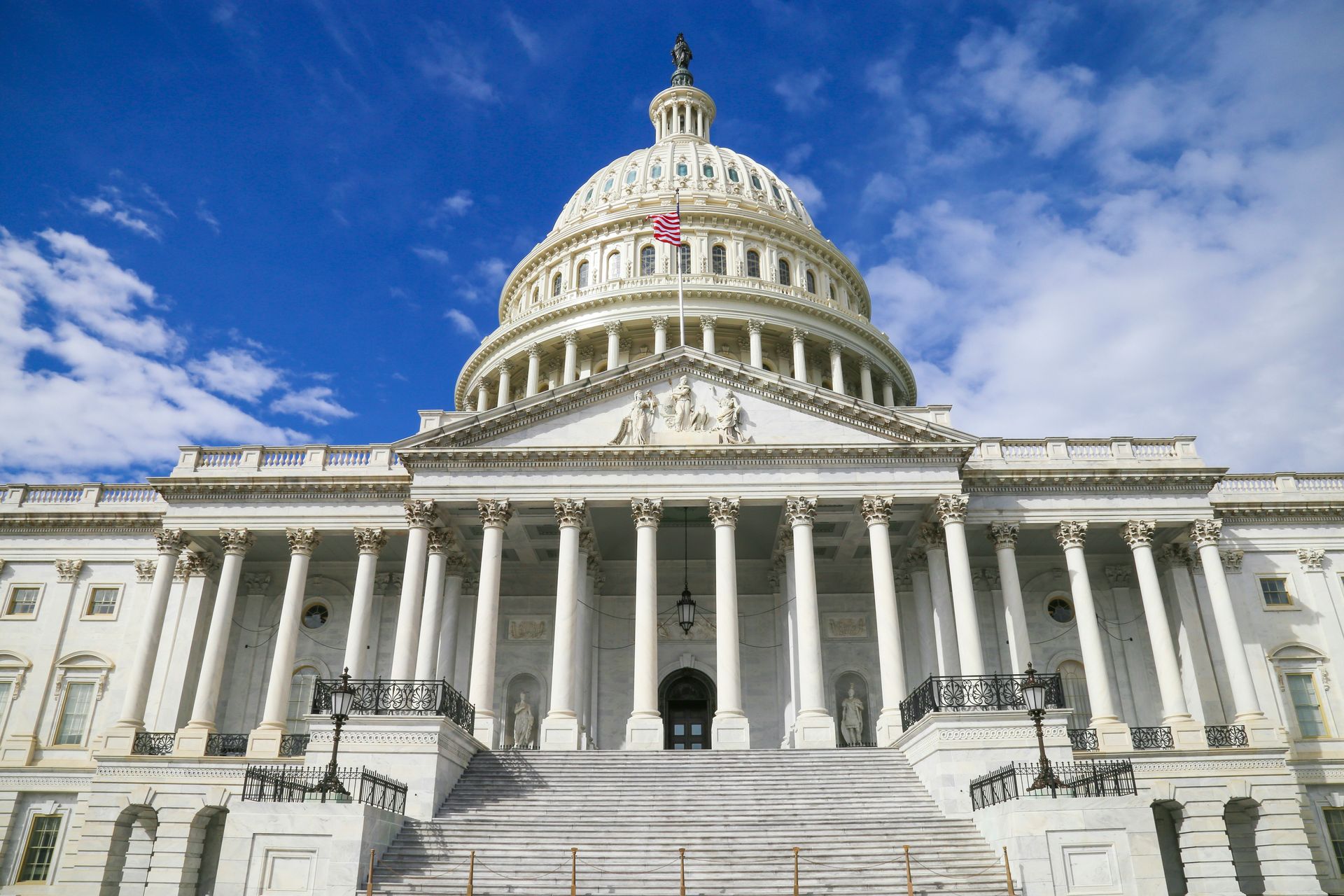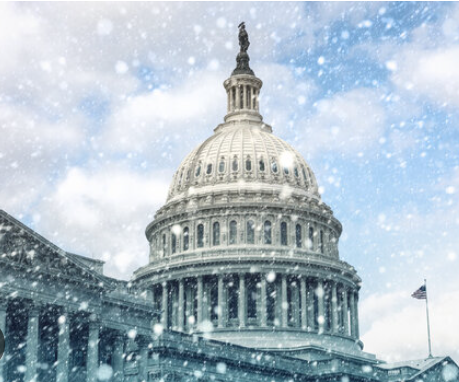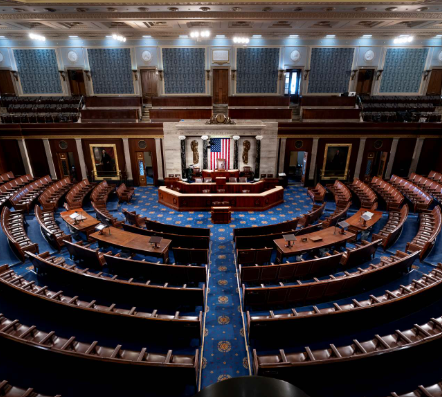Blog Layout
Taking Care of the Health Care Workforce Through and Beyond COVID-19

The COVID-19 pandemic has stressed the health care workforce, both exacerbating existing issues and presenting new challenges. Team-based care, flexibility and clear communication have never been more critical, and new roles are being developed with each passing wave as we all adapt to a post-COVID delivery system. As the national advocate for hospitals and health systems, the American Hospital Association continues to focus on the health care workforce to ensure we support the field in skill development, team training and reimagining the future workforce.
Hospitals and health systems recognize that the individuals who work in their organizations are truly the heart of their mission to care. The AHA’s workforce framework
is organized around four key areas to better connect leaders and teams to the resources they need:
- CAPACITIES: Ensure hospitals have sufficient workforce capacities, through a pipeline of talent that hospitals can hire, retain and grow, to support health in their communities.
- COMMUNITIES: Support and tap into health professional communities to build resiliency and a healthy, safe, and diverse work environment.
- COMPETENCIES: Identify, promote and develop required workforce competencies for current and future needs and support hospitals in planning for these as part of their overall strategy.
- CATALYSTS: Provide tools, programs and services to be catalysts for member and field action to change and adopt new technologies and models for care delivery.
COVID-19 has highlighted the challenges faced when administrative burden, sub-optimal communications systems and unbalanced teams collide with an extended crisis. In order to address the pressing concern that clinicians will be confronting post-traumatic stress and burnout symptoms due to the pandemic, the AHA’s Physician Alliance updated its Well-being Playbook. The first part focuses on the impacts of COVID-19, highlighting COVID-19-specific resources. These case studies, podcasts, webinars and other tools address burnout and operationalize peer support. The second part of the playbook guides hospitals and health systems through the process to develop or expand upon their current well-being actions and programs.
We also know it is critical to plan for the enduring change to the workforce resulting from the pandemic. The annual Talent Scan, based on reports and studies from leading organizations and researchers, delivers workforce insights hospitals and health systems can use during this time of uncertainty and continued transformation. Topics covered include COVID-19, workforce shortages, team-based models, artificial intelligence and clinician well-being.
Another long-term planning resource is Futurescan, a series of articles curated by the AHA’s Society for Health Care Strategy & Market Development in collaboration with the American College of Healthcare Executives. The most recent Futurescan 2021-2026
features the expertise and perspectives on topics such as social determinants of health, consolidation, societal violence, consumerism, finance, culture change, technology and the role of private equity in health care innovation.
To help you understand how artificial intelligence (AI) is meeting today’s challenges and shaping your workforce, this Market Insights
report from the AHA Center for Health Innovation guides senior hospital and health system leaders through key considerations for integrating AI into the workforce. It can be done, and it is being done with demonstrated improved outcomes while supporting clinical and quality goals. In addition to this report, AHA and Microsoft teamed up to offer a unique course, AI in Health Care: Leading Through Change. This course is designed for clinicians to increase decision-maker readiness and confidence in utilizing AI in both administrative and clinical areas.
Finally, the AHA advocates for policy and legislative changes on behalf of our members. Our recent letter to President Biden
regarding the American Jobs Plan addressed initial recommendations for infrastructure investments to ensure our hospitals and health systems are equipped to respond to public health emergencies and deliver equitable, environmentally sustainable care to their communities. We urged support for policies that ensure an adequate, sustainable health care workforce.
The AHA has long connected health care leaders with ideas and colleagues on key issues and will continue to innovate as the health care workforce emerges from the COVID-19 crisis. Visit https://www.aha.org/workforce-home
for the most up-to-date resources, including case studies and podcasts.
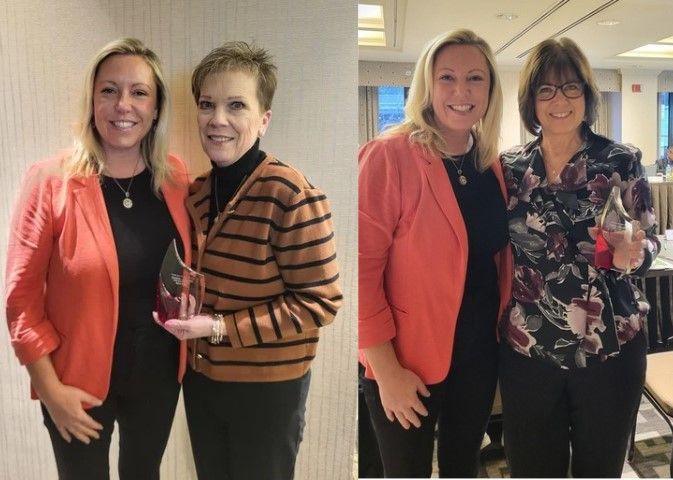
By Stacy Heit
•
January 17, 2025
January 17, 2025 -- The National Association of Workforce Boards (NAWB) today announced that two members of its Board of Directors, Kathy Jewett and Debra Giordano have stepped down from their roles for personal reasons. Al Searles, a member of the board’s executive committee, has been elected to the Vice Chair position vacated by Jewett during the board’s most recent meeting. “On behalf of the NAWB team, I extend my gratitude to both Kathy and Deb for their valuable contributions and commitment during their tenure on the Board,” said President and CEO, Brad Turner-Little. “Their leadership and dedication have played an integral role in shaping our growth and I appreciate their guidance during a time of transformation for the organization.” “As Board Chair, I want to extend my deepest gratitude to Kathy for her exceptional leadership and dedication as a board director over the past six years and most recently as vice chair,” said NAWB Board Chair, Lisanne McNew. “Her vision and commitment have been pivotal in advancing NAWB’s mission and strengthening workforce boards nationwide. As Al steps into the role of Vice Chair, I am confident his expertise and passion will guide us forward, building on Kathy’s legacy and driving continued innovation and impact in workforce development.” She added, “Deb’s expertise and dedication to workforce development have been invaluable to our industry. Her thoughtful leadership and contributions have left a lasting impact on workforce boards and the communities they serve. We are deeply grateful for all she has done for our board.”
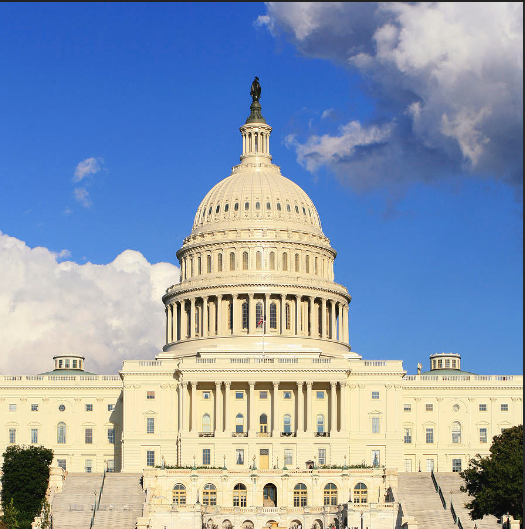
By Brad Turner-Little
•
December 3, 2024
December 3, 2024 -- NAWB President and CEO, Brad Turner-Little , made the following statement in response to the Congressional committee leadership's bipartisan, bicameral agreement to reauthorize the Workforce Innovation and Opportunity Act (WIOA). The new bill, which we provided an initial summary of, is currently being considered on a fast-track procedure in the Senate. "Since WIOA’s reauthorization in 2014, workforce development boards (WDBs) have sought to meet the evolving needs of employers, jobseekers, and the local communities that they serve. It is laudable that lawmakers have reached consensus on legislation to make significant updates to the nation’s public workforce development system, including improvements that recognize the vital role that WDBs play in strengthening local economies. Since the initial release of a new bicameral and bipartisan WIOA reauthorization agreement last week, A Stronger Workforce for America Act (ASWA), the National Association of Workforce Boards (NAWB) has spent time analyzing this proposal and engaging with our members to understand how the bill would affect ongoing operations, service delivery, and the ability of WDBs to serve jobseekers and employers alike throughout the nation. Through these discussions, it has become clear that there are aspects of this legislation that conform with NAWB’s vision for the future of the public workforce system, while there are other significant components of this agreement that will be challenging to implement at best and could undermine WBDs’ ability to meet their mission. ASWA would renew the law for five more years, sending a powerful signal that the public workforce system authorized by this legislation is critical to wider efforts in preparing and sustaining the skilled workforce needed for America’s wider success. NAWB is pleased to note that many of the organization’s recommendations have been incorporated into this legislation. These include clarifying local WDBs’ authority over local budgets; increased flexibilities to serve incumbent workers; improvements to cost-sharing requirements for one-stop centers, including flexibilities for the sharing and pooling of these resources; increased professional development opportunities for local staff; allowing for marketing and outreach efforts on behalf of the system; allowing WDBs to serve as one-stop operators when meeting certain conditions; a new emphasis on skills-based hiring; and dramatic improvements to data collection and subsequent reporting to make the public workforce system more transparent and responsive to the needs of workers and employers. While NAWB appreciates these and other aspects of the agreement, the legislation unfortunately continues to advance provisions that our organization does not support, including a new systemwide mandate for training and an overly prescriptive work experience requirement for youth funding which we believe runs counter to local autonomy and flexibility. While we appreciate the agreement’s recognition of the important role supportive services play in the success of worker skills development, we continue to call on Congress to ensure that any new requirements reflect the realities facing the populations WIOA is structured to prioritize. NAWB’s members have made clear that increased state-level set-asides will mean fewer resources will be available to local WDBs to implement these and other aspects of this legislation with fidelity. In conjunction with the proposed local workforce area redesignation provisions, NAWB’s members have also made clear that there is a strong potential that aspects of the public workforce system will need to close, staff laid off, and business services significantly curtailed under these new operating constraints. Taken together, we remain deeply concerned that these aspects of the agreement will make it more difficult for the public workforce development system to serve jobseekers and employers alike moving forward. We are grateful to have heard from so many of our members who provided thoughtful and meaningful perspectives as part of NAWB’s analysis of this legislation. They are the true experts, working every day with local community partners, elected officials, businesses, and jobseekers. We recognize the extremely challenging environment that workforce boards will be in whether this bill is enacted during the final days of the 118th Congress or if current law remains in place for the time being. In either scenario, NAWB remains committed to working closely with the incoming administration and new Congress to ensure that the public workforce development system is responsive to the needs of workers, learners, and businesses, and can fulfill the significant workforce development needs of our nation now and in the future. This will certainly be among our top priorities during Workforce Advocacy Day , scheduled for April 1-2 , 2025 in Washington, DC. NAWB members need to share their expertise with members of Congress to ensure that the workforce system has the necessary resources to serve their local communities.” Learn more about NAWB's work on WIOA.
National Association of Workforce Boards | All Rights Reserved |
Created by Olive + Ash.
Managed by Olive Street Design.


